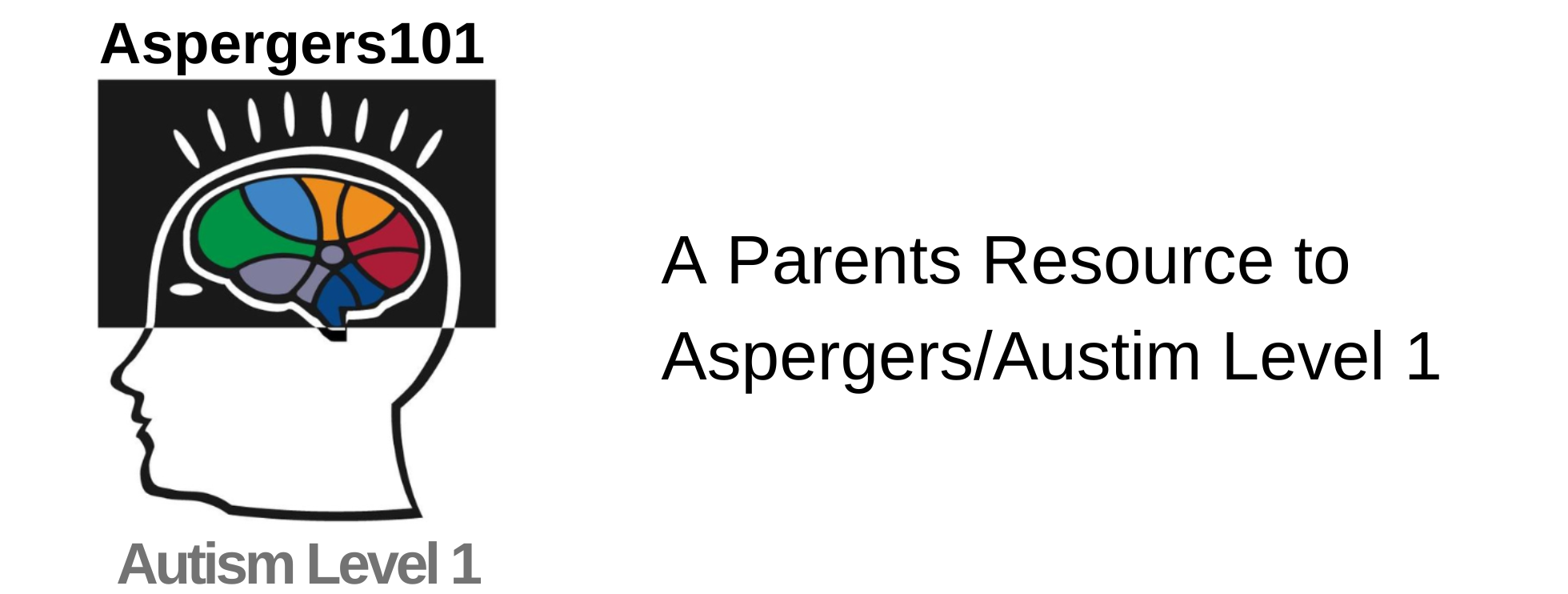In a previous blog we discussed the need to support students in identifying and expressing their feelings through the use of a feelings chart. The feelings chart may be on a scale of “one to three” or “one to five” with level one indicating that the student is most calm. If possible, you can increase the effectiveness of this strategy by decorating the different levels with pictures/clip art that reflect a student’s interest. I have created feelings charts with different expressive pictures of Mario Bros, dinosaurs and even The Dukes of Hazzard characters!
Once the student understands what each level means, then it is most critical to identify calming activities for each level. Each of us responds differently to different experiences and this should be highly personalized in order to actually help the student calm down when needed.
As an example:
I find shopping to be very enjoyable and calming. However, my best friend finds the very same experience to be frustrating and adds to her stress level. Most people respond positively to either gross motor [large muscle] activities or simple, repetitive tasks as a calming mechanism. The key is to find what specific activities within these two broad categories might work for an individual.
Some examples of gross motor [large muscle] activities include, but are not limited to:
- Walking
- Running
- Bicycling
- Jumping
- Exercising in general
Some examples of simple, repetitive tasks include, but are not limited to:
- Reading
- Listening to music
- Gardening
- Needle Work
- Fishing
So, now your job is to help the individual with Asperger’s identify those activities that are most calming and soothing to him or her. I have been surprised by some of the ideas that emerge once I ask this question.
One student explained to me that Origami was very calming for him, which makes sense in the fact that it requires focus with the hands, much like gardening or needle work. Another student told me that he found it soothing to sweep the floor. Whatever works for that person should be incorporated within the feelings chart to have a plan for difficult times that all agree upon.
by Lisa Rogers
The Education (K-12) Blogs and Special Ed Q & A are written and maintained weekly by Lisa Rogers with Educating Diverse Learners. Lisa received her M.A. in Special Education with an endorsement in the area of individuals with severe disabilities. Mrs. Rogers has also created products that have been used throughout the state of Texas for training purposes. Through the Association for Texas Professional Educators [ATPE], Ms. Rogers has produced an online course that targets the importance of visual strategies for student with autism spectrum disorders and just released her highly anticipated book titled: Visual Supports for Visual Thinkers.




Zentangles are a wonderful repetitive task with focus and fine motor skills. The vast number of patterns to choose from can express a person’s current state and help transition to a calmer one, e.g. starting with a rigid linear pattern and then transitioning to a more fluid one. Paper and pen/pencil are all that are required and a small notebook and pen fit easily into a pocket, purse, or backpack.